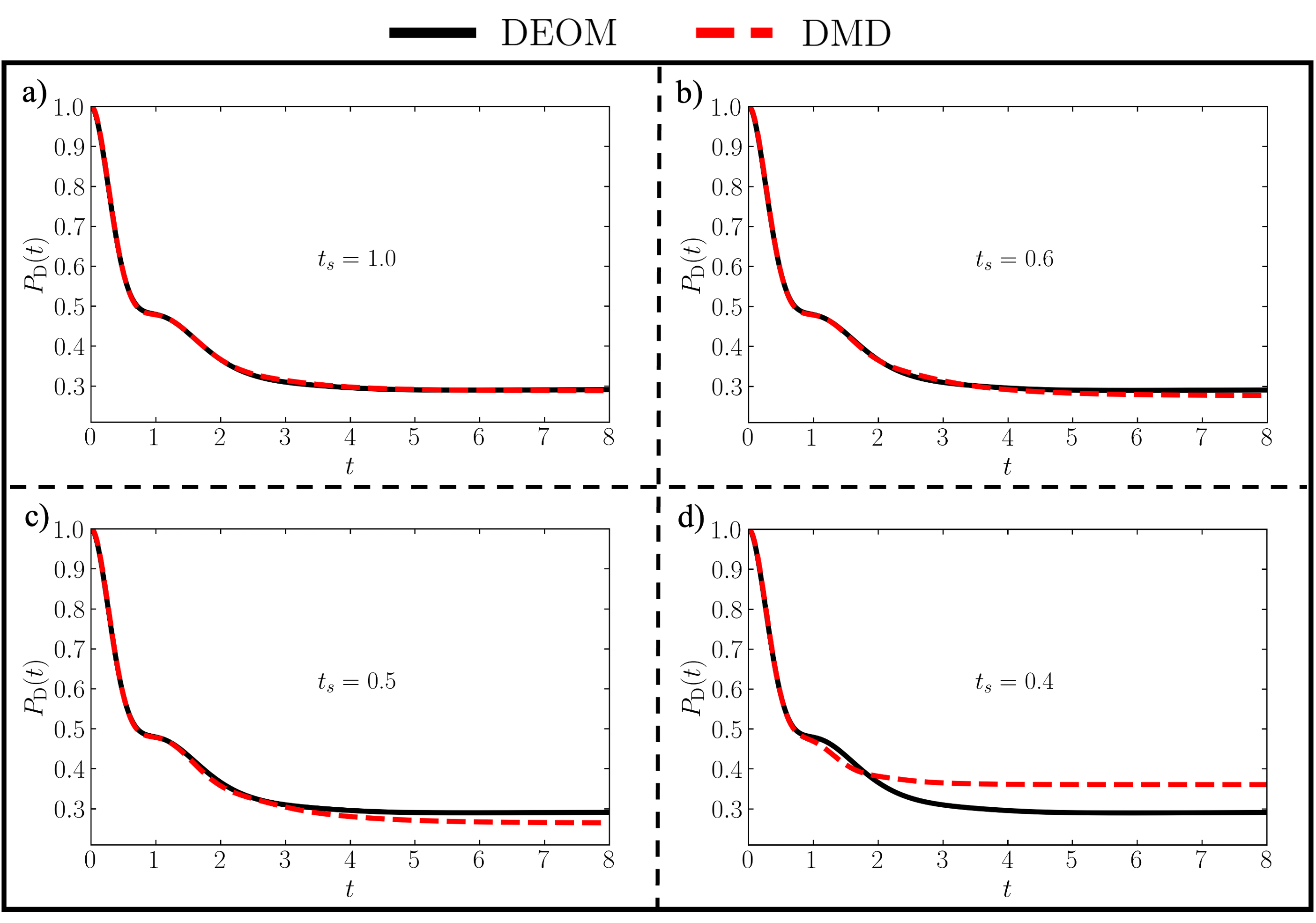WeiDMD is a Python package designed for Dynamic Mode Decomposition (DMD), a data-driven method used for analyzing and extracting spatiotemporal coherent structures from time-varying datasets. It provides a comprehensive and user-friendly interface for performing DMD analysis, making it a valuable tool for researchers, engineers, and data scientists working in various fields.
With WeiDMD, users can easily decompose complex, high-dimensional datasets into a set of coherent spatial and temporal modes, capturing the underlying dynamics and extracting important features. See the Examples section below and the Tutorials to have an idea of the potential of this package. Also see the diagram below for a summary of all available tools and functionalities. Currently in-progress contributions are represented by semi-transparent boxes.
WeiDMD is available on PyPI, therefore you can install the latest released version with:
> pip install weidmdTo install the bleeding edge version, clone this repository with:
> git clone https://github.com/Weitheskmt/WeiDMDand then install the package in development mode:
> pip install -e .The core features of WeiDMD depend on numpy and scipy. In order to use the plotting functionalities you will also need matplotlib.
You can quickly know how to use the package in the tutorials.
To perform DMD, simply begin by initializing a WeiDMD module that implements your DMD method of choice. Here, we demonstrate how a user might build a customized WeiDMD model. Models may then be fitted by calling the fit() method and passing in the necessary data.
from weidmd import WeiDMD
# Build a Wei's DMD (WeiDMD) model.
DMD = WeiDMD(
time=t, # time series time = (m,) numpy array of times of data collection
kernel=K, # kernel K = (n, m) numpy array of time-varying snapshot data
num_snapshots=2000, # the number of snapshots, and default is len(K)
nskip=1, # K[:num_snapshots][::nskip]
)
# Fit the DMD model and display a summary of the DMD results.
DMD.fit(
tf=1200, # end of predicted time
name=None, # Can be defaulted and None will not store DMD results. Setting any string, such as' k1 ', will result in DMD_ The results folder found the corresponding saved file for 'k1'
d='default', # It can be defaulted and empirical values will be used. If the effect is poor, it can be considered as an adjustment.)To implement the various versions of the DMD algorithm we follow these works:




